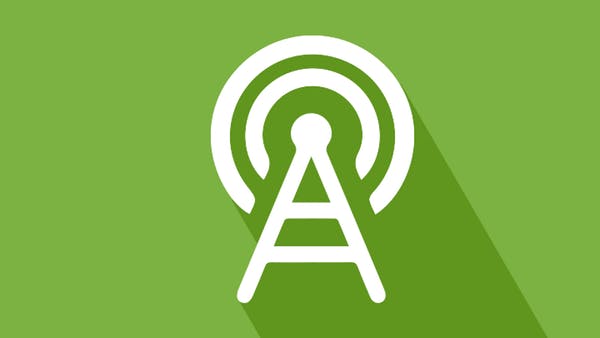Before getting to the term Broadband Internet Connection, let us first get to the meaning of the word, “Broadband”. Broadband refers to high-speed internet access, which is always switched on and is faster than traditional dial-up access. The technology has got its name as a result of the broad band of frequencies which is available for information transmission.
Information can be multiplexed and sent on several channels and thus, allowing more information to be transmitted at a given time.
Broadband allows you to access the Internet and the related services at increased speeds than those which are available through dial-up internet access services. The rate of the Internet varies based on type and level of services offered.
Broadband Internet includes numerous high-speed transmission technologies such as –
- Digital Subscriber Line (DSL)
This is a wireless transmission technology which transmits data the fastest over traditional lines which are already installed in homes and businesses. DSL-based broadband internet services offer transmission speeds which range from several hundred Kbps to Mbps. The availability and speed of DSL service depend upon the distance from your home or setup to the closest telephone company facility.
- Cable Modem
The services of cable modem enables cable operators to provide broadband services using the same coaxial cables which deliver sound and picture to your TV set. Most of the cable modems are external devices which have two connections – one is to the cable wall outlet, and the other is to a computer. These cable modems provide a transmission speed of over 1.5 Mbps.
- Fibre
Fibre Optic Technology converts electrical signals carrying the data to light and sends the light through transparent glass fibres. Fibre transmits data at speeds far exceeding the current cable modem speeds or DSL, typically by tens or even hundreds of Mbps.
However, the actual speed which you will experience depends upon various factors such as how close you are to the computer which provides the service of bringing the fibre or the amount of bandwidth used.
Also Read: Internet Fundamentals from Comcast
- Wireless
Wireless broadband internet connects a business or home to the services of the Internet using a radio link between the location of the customer and the facility of the service provider. Wireless broadband can be fixed or mobile as well. Wireless technologies use the longer-range directional equipment which provides broadband service in remote or sparsely populated areas. Speeds are usually comparable to DSL or cable modem, an external antenna is required. Wireless broadband provides services which are offered over fixed networks and allows the consumers to access the Internet from a fixed point while stagnant. It often requires a direct line-of-sight between the wireless transmitter and receiver.
WLANs – Wireless Local Area Networks provide broadband access over shorter distances and are often used to extend the reach of a fixed wireless broadband connection last-mile wireline within a building, home, or a campus environment.
- Satellite
Satellite broadband is another form of wireless broadband is useful for serving remote or sparsely populated areas. The speeds of satellite broadband depend upon several factors such as the provider and the service package purchased. Though,
Service can be disrupted in the extreme weather conditions.
These are a few types of broadband internet connection services which you can make the most use of. Make an informed decision, and you’ll be alright. All of them are good enough for home users as well as small businesses, but with the growing technology, increasing demand of high speed internet and high level of competition amongst the service providers. ISPs are offering Wireless or fibre optic broadband connections at competitive prices. If the feasibility allows go for the latest technology available in your area.


























